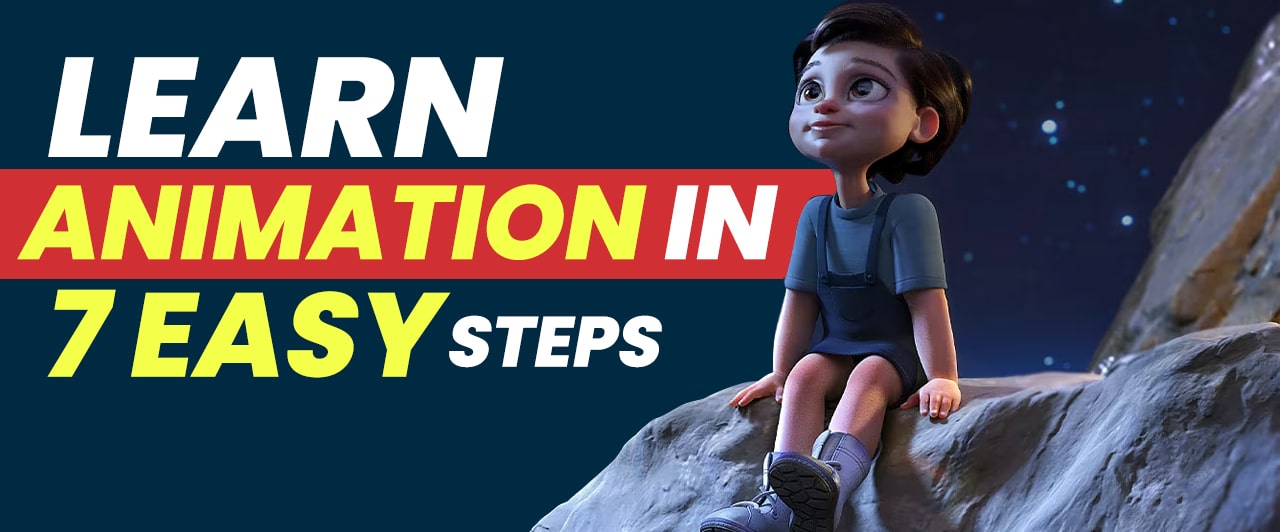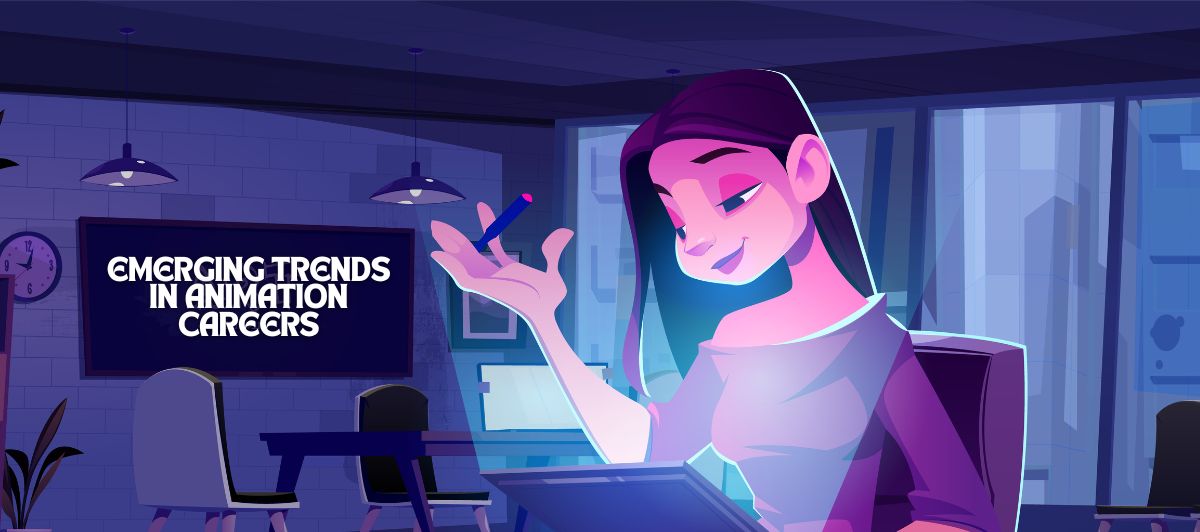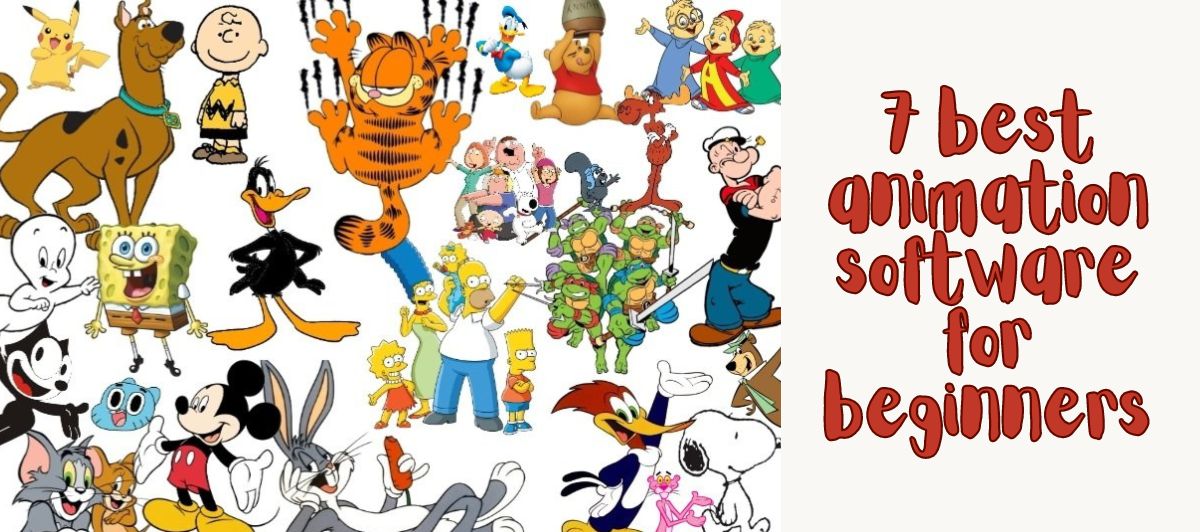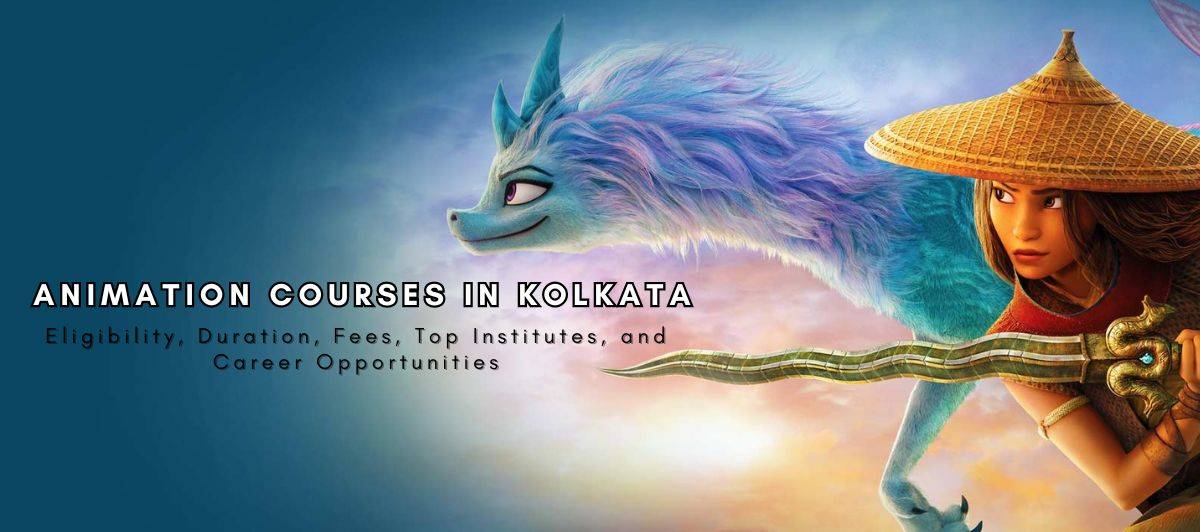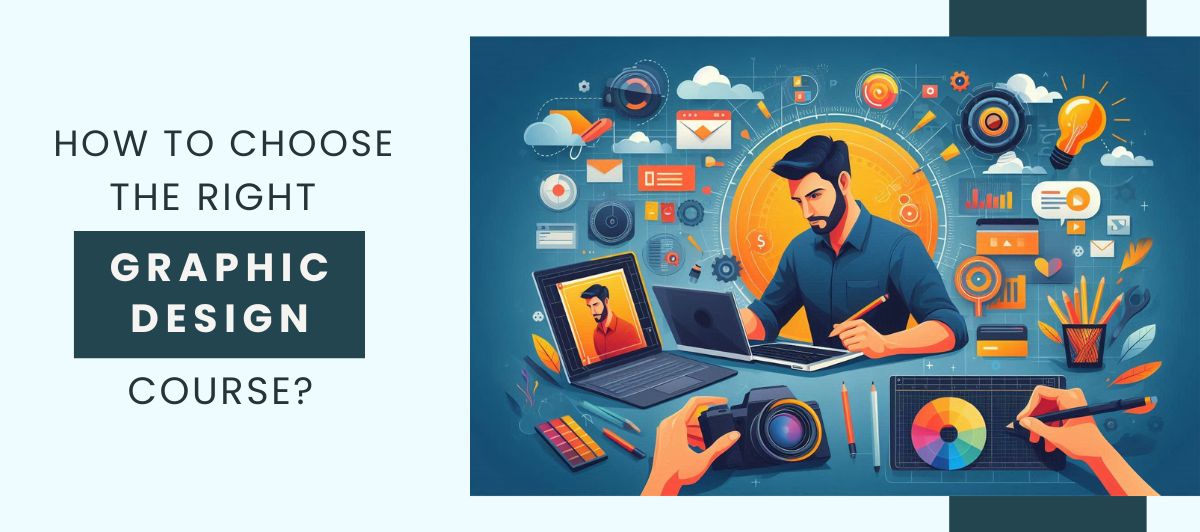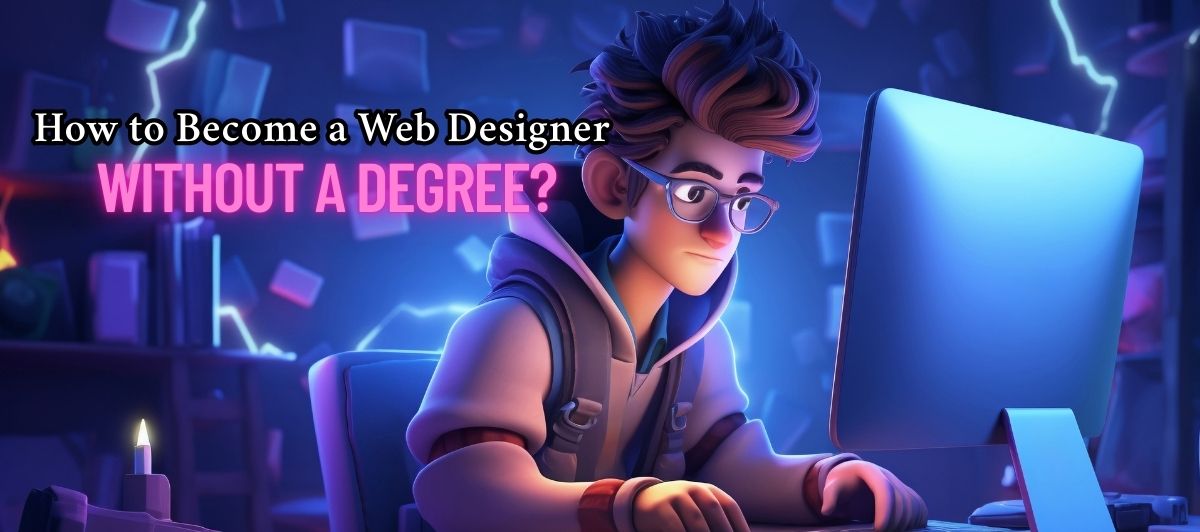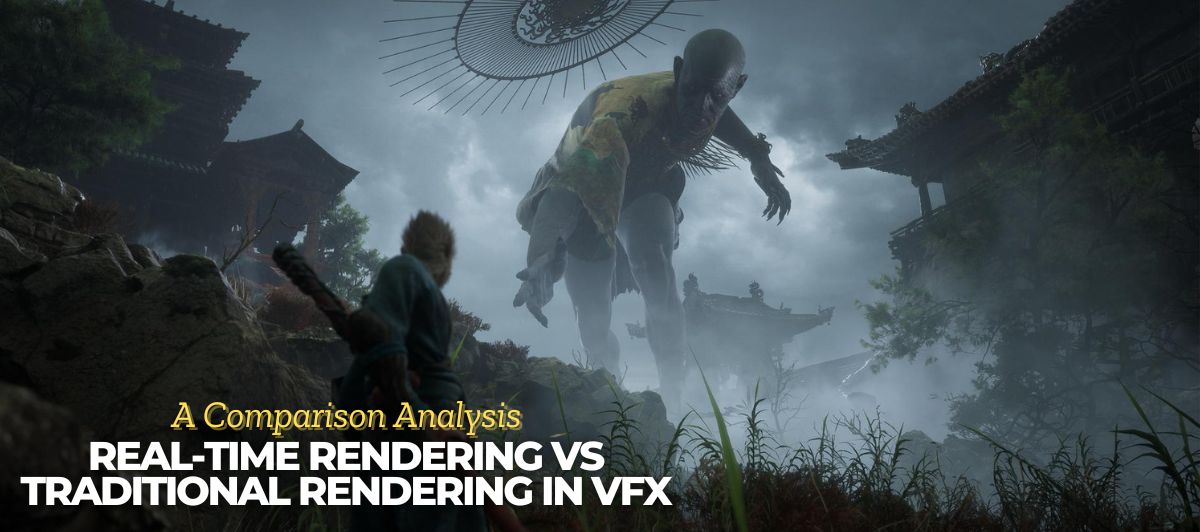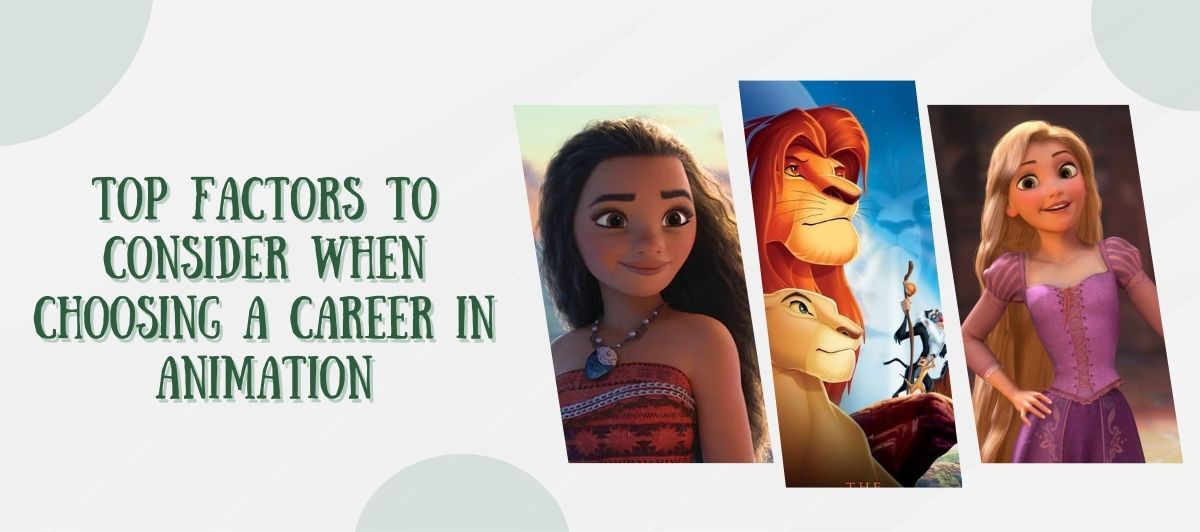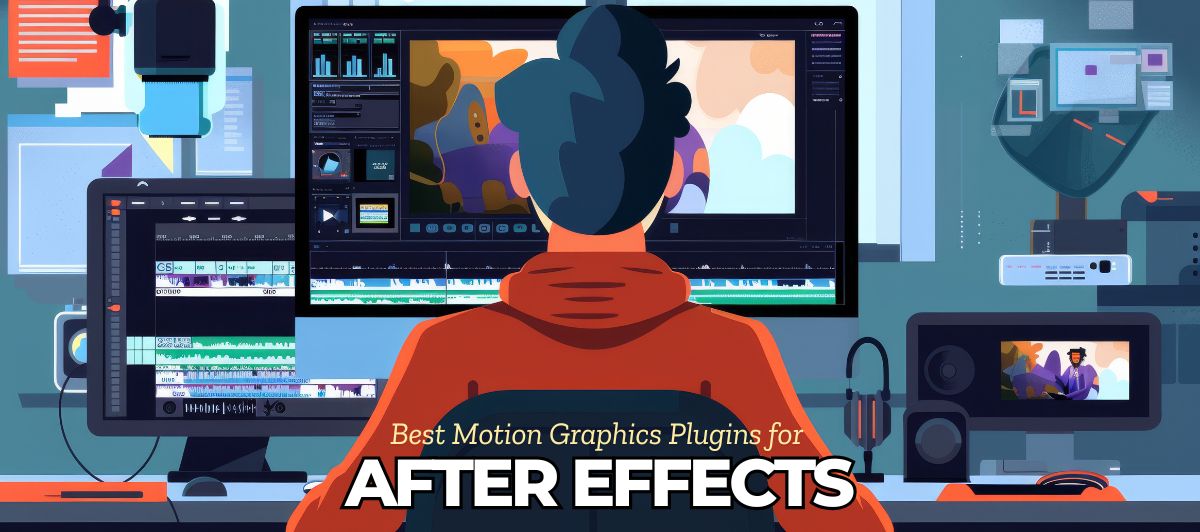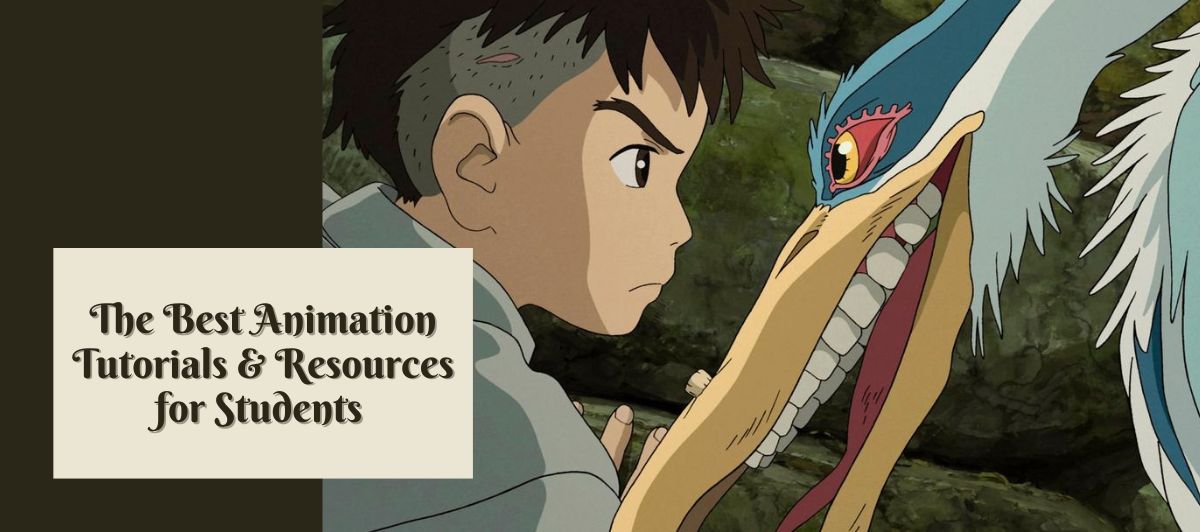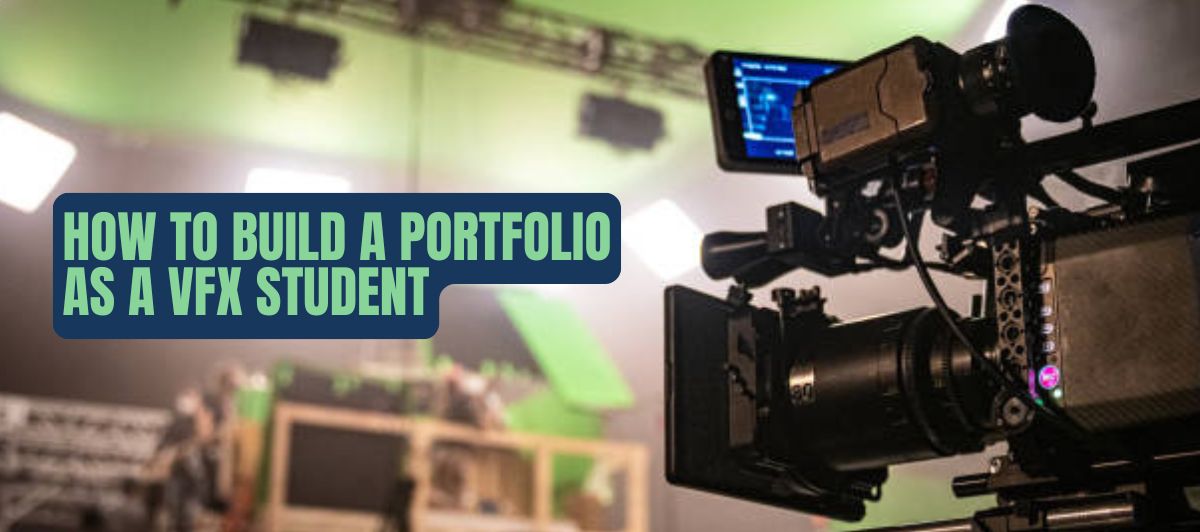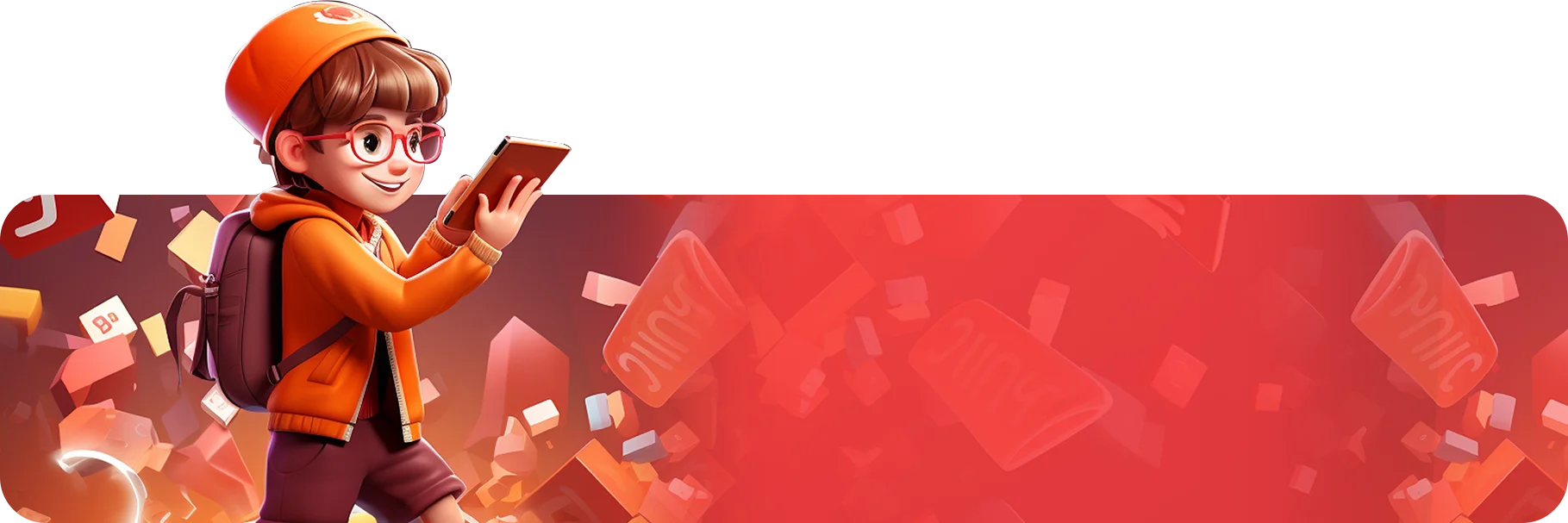Learn Animation in 7 Easy Steps
Animation is an engaging form of art that brings life and motion to still images. It has evolved tremendously over the years and has become an integral part of industries like entertainment, advertising, and gaming. Whether you aspire to create animated movies, video games, or simply want to explore your creativity, learning animation can be an incredibly rewarding journey. If you’ve ever been fascinated by animated films, cartoons, or video games and have a desire to create your own animations, you’re in the right place. In this blog post, we will guide you through seven easy steps to teach yourself animation and unlock your creativity. Once you cover these steps, you are well on your way to learn the best animation and vfx course in the market.
Step 1: Understand the Basics of Animation
Before diving into the world of animation, it’s crucial to familiarize yourself with the fundamental principles and techniques. Start by researching and studying the key concepts such as timing, spacing, squash and stretch, anticipation, and exaggeration. These principles form the backbone of animation and will help you bring your characters and objects to life.
Additionally, learning about different types of animation styles, such as 2D hand-drawn animation, 3D computer-generated animation, stop motion, and motion graphics, will give you a broader perspective on the possibilities within the field.
Step 2: Choose Your Animation Software
Once you’ve grasped the basics, it’s time to select the right animation software that suits your needs and budget. There are several options available, ranging from industry-standard software like Adobe Animate, Adobe After Effects and Autodesk Maya to more accessible and affordable alternatives like Blender and Krita.
You can also join an institute to learn this software. Take an animation course in Kolkata in order to master the software mentioned above.
Take your time to explore the features and capabilities of each software, read user reviews, and watch tutorial videos to determine which one aligns best with your learning goals and preferences. Remember that mastering any animation software requires practice and patience, so choose one that you’re comfortable with and willing to invest time in.
Step 3: Learn the Software
Once you’ve chosen your preferred animation software, dive into learning its intricacies. Explore the user interface, understand the various tools and functions, and get comfortable with the software’s workflow. Many software packages offer tutorials and documentation to help you navigate their features efficiently.
Remember the best animation course taken from any animation training institute also will not make you excel in the software unless you practice. Practice makes perfect, and animation is no exception. To improve your skills, start with simple exercises that focus on specific principles or techniques. For example, you can begin by animating a bouncing ball to understand timing and spacing. Then, move on to more complex exercises such as animating a walking cycle or a character’s facial expressions.
There are numerous online resources, websites, and YouTube channels dedicated to providing exercises and tutorials. These resources often provide step-by-step instructions and downloadable assets to help you get started. Remember to be patient with yourself and celebrate the progress you make along the way.
Step 4: Storytelling and Character Development
A strong story and well-developed characters are the backbone of successful animation. Study storytelling techniques, plot structures, and character design principles. Develop your skills in character development, as it will significantly enhance the impact of your animations and engage your audience on a deeper level.
Master the Keyframes: Keyframes are essential in animation, as they define the most critical poses and movements of a character or object over time. Learn how to set keyframes, manipulate timing and spacing, and create smooth transitions between poses. Practice animating simple movements, such as a bouncing ball or a walking cycle, to grasp the fundamentals of keyframe.
Step 5: Experiment with Timing and Motion
Timing and motion are crucial elements that breathe life into your animations. Experiment with different timings to convey various emotions and actions effectively. Observe the world around you and study how objects and characters move. Analyze the subtle nuances of motion and apply them to your animations to make them more believable and engaging. An animation course in Kolkata can also help you experiment with timing and motion.
Step 6: Join Animation Communities and take feedback
Animation is a collaborative art form, and one of the best ways to improve is by seeking feedback from fellow animators. Joining animation communities, forums, and social media groups can provide you with valuable insights, constructive criticism, and a sense of camaraderie.
Share your work-in-progress animations, ask for feedback, and be open to constructive criticism. Engaging with a community of like-minded individuals will not only inspire you but also accelerate your learning process. Additionally, observing the work of other animators and studying their techniques can broaden your understanding and inspire new ideas.
Step 7: Build your own personal portfolio
As you gain confidence and experience, it’s essential to showcase your work and build a portfolio. In order to learn animation, you must work at creating your portfolio. A portfolio is a collection of your best animations and serves as a visual resume that potential clients or employers can evaluate. It demonstrates your skills, creativity, and versatility as an animator.
Consider taking up personal projects that align with your interests and goals. Whether it’s creating short films, animated characters, or visual effects, personal projects provide an opportunity to experiment, take risks, and showcase your unique style. Share your completed projects on platforms like Behance, Vimeo, or YouTube to gain exposure and attract potential collaborators or job opportunities.
Conclusion:
Learning animation is a rewarding journey that requires dedication, practice, and a passion for storytelling. By following these seven easy steps, you can set yourself on the path to becoming a skilled animator. Remember to understand the basics, choose the right software, practice diligently, seek feedback from the animation community, and build a strong portfolio. A course in 3d animation also will also require you to take these seven steps.
Teaching yourself animation may seem like a daunting task, but with dedication, practice, and patience, it can be a highly rewarding endeavor. By understanding the principles of animation, mastering your chosen software, and honing your storytelling and character development skills, you’ll be well on your way to becoming a proficient animator.
Don’t be afraid to experiment, make mistakes, and embrace the learning process. With time and persistence, you’ll witness your animations evolve and improve, and before you know it, you’ll be crafting captivating animations that inspire and entertain others. So, start today — you can learn animation and unlock your creativity so that the world of animation becomes your canvas!
![]() May 24, 2023
May 24, 2023
![]() By Admin
By Admin
![]() 3d animation course in kolkata,Animation,animation and vfx course,animation course,animation course fees,animation courses in Kolkata,course in 3D animation,
3d animation course in kolkata,Animation,animation and vfx course,animation course,animation course fees,animation courses in Kolkata,course in 3D animation,
